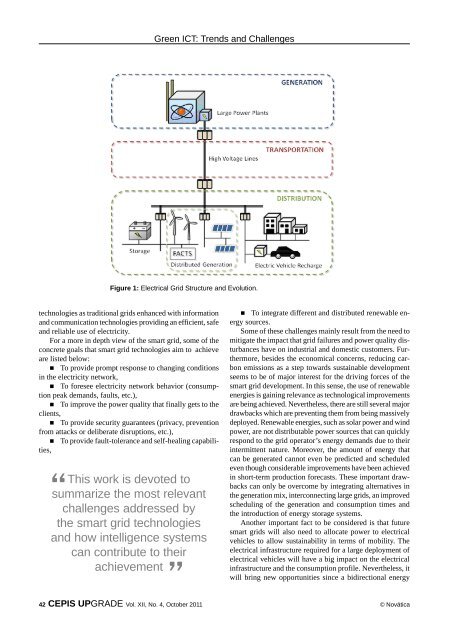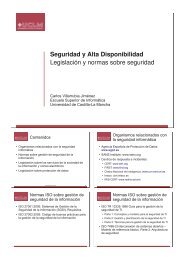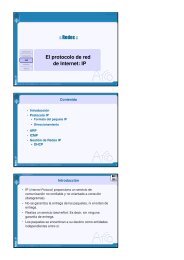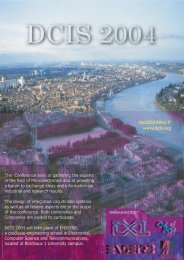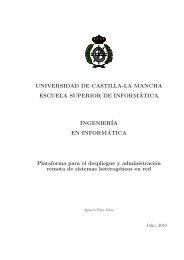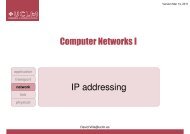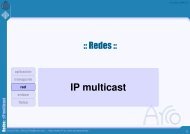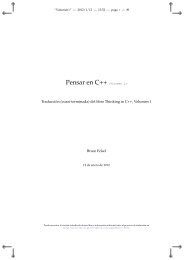Artificial Intelligence Techniques for Smart Grid Applications
Artificial Intelligence Techniques for Smart Grid Applications
Artificial Intelligence Techniques for Smart Grid Applications
Create successful ePaper yourself
Turn your PDF publications into a flip-book with our unique Google optimized e-Paper software.
Green ICT: Trends and Challenges<br />
Figure 1: Electrical <strong>Grid</strong> Structure and Evolution.<br />
technologies as traditional grids enhanced with in<strong>for</strong>mation<br />
and communication technologies providing an efficient, safe<br />
and reliable use of electricity.<br />
For a more in depth view of the smart grid, some of the<br />
concrete goals that smart grid technologies aim to achieve<br />
are listed below:<br />
To provide prompt response to changing conditions<br />
in the electricity network,<br />
To <strong>for</strong>esee electricity network behavior (consumption<br />
peak demands, faults, etc.),<br />
To improve the power quality that finally gets to the<br />
clients,<br />
To provide security guarantees (privacy, prevention<br />
from attacks or deliberate disruptions, etc.),<br />
To provide fault-tolerance and self-healing capabilities,<br />
This work is devoted to<br />
summarize the most relevant<br />
challenges addressed by<br />
the smart grid technologies<br />
and how intelligence systems<br />
can contribute to their<br />
achievement<br />
<br />
<br />
To integrate different and distributed renewable energy<br />
sources.<br />
Some of these challenges mainly result from the need to<br />
mitigate the impact that grid failures and power quality disturbances<br />
have on industrial and domestic customers. Furthermore,<br />
besides the economical concerns, reducing carbon<br />
emissions as a step towards sustainable development<br />
seems to be of major interest <strong>for</strong> the driving <strong>for</strong>ces of the<br />
smart grid development. In this sense, the use of renewable<br />
energies is gaining relevance as technological improvements<br />
are being achieved. Nevertheless, there are still several major<br />
drawbacks which are preventing them from being massively<br />
deployed. Renewable energies, such as solar power and wind<br />
power, are not distributable power sources that can quickly<br />
respond to the grid operator’s energy demands due to their<br />
intermittent nature. Moreover, the amount of energy that<br />
can be generated cannot even be predicted and scheduled<br />
even though considerable improvements have been achieved<br />
in short-term production <strong>for</strong>ecasts. These important drawbacks<br />
can only be overcome by integrating alternatives in<br />
the generation mix, interconnecting large grids, an improved<br />
scheduling of the generation and consumption times and<br />
the introduction of energy storage systems.<br />
Another important fact to be considered is that future<br />
smart grids will also need to allocate power to electrical<br />
vehicles to allow sustainability in terms of mobility. The<br />
electrical infrastructure required <strong>for</strong> a large deployment of<br />
electrical vehicles will have a big impact on the electrical<br />
infrastructure and the consumption profile. Nevertheless, it<br />
will bring new opportunities since a bidirectional energy<br />
42 CEPIS UPGRADE Vol. XII, No. 4, October 2011 © Novática


